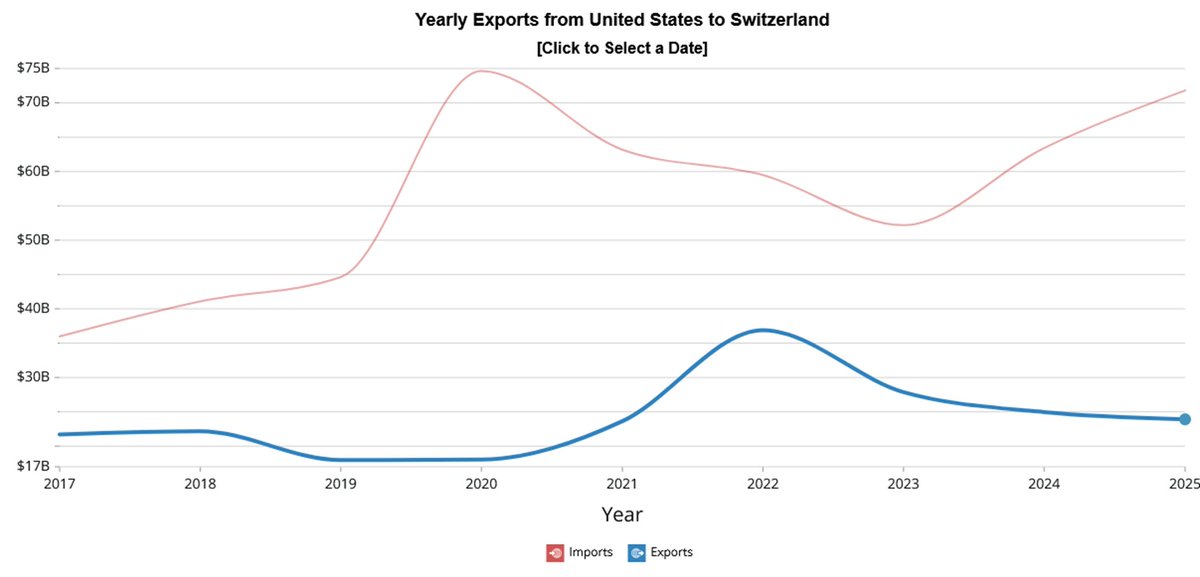There have been 8 shocks to the global food prices - yes eight (8). Most of them are ongoing!
🧵
1/n As for team transitory,…
🧵
1/n As for team transitory,…
No 1 - War: Ukraine, which was known as the ‘breadbasket of the FSU’, has 1/4 of world’s ‘black soil’ fertile land. In 2021 Ukraine accounted for 20%, 7%, 18% of global exports of barley, wheat & corn, respectively. It is under attack & VVP wants this war to be a food crisis.
2/
2/

He will get his will. The UN Food and Agricultural Organisation estimates that 20-30% of sunflower, grains and corn will not be planted or harvested. It forecasts food prices to rise by another 8-22% because of the loss of Ukrainian production (FT, 9 April).
3/n
3/n

No 2 - Sanctions: Russia & Belarus are massive exporters of Potash and Nitrogen fertilisers. Russia accounts for 79% of EU Nitrogen fertiliser imports, largely owing to its cheap natural gas supplies & thus the cheapest feedstock.
4/n
4/n
Western sanctions have made it more expensive and harder for importers to buy Russian and Belarusian exports.
Land-locked Belarus has lost access to all neighboring ports except Russian ones due to sanctions, causing severe disruptions to the fertiliser supply chain.
5/n
Land-locked Belarus has lost access to all neighboring ports except Russian ones due to sanctions, causing severe disruptions to the fertiliser supply chain.
5/n
Belarus has also banned the transit of fertilisers across its territory from Lithuania (as well as oil and other chemical products), in response to Lithuania stopping the transit of Belarussian potash fertiliser, adding further supply-chain pressures (Reuters, 2 February).
6/n
6/n
The Russian government has also imposed export restrictions on grains in order to ensure internal food security. It has, for example, banned the export of wheat, rye, barley and maize from 14 March through 30 June, and exports of white and raw sugar until 31 August.
7/n
7/n
No 3 - High Energy Cost: 1/3 of food costs are energy related: 80% of the cost of nitrogen fertilisers comes from gas, to which is added fuel cost of farm equipment or buildings. Energy cost are up big ($170/boe EU gas).
If you like avocado toast you love…?
8/n
If you like avocado toast you love…?
8/n
No 4 - Higher transportation & packaging cost (7- 10% of food producers’ costs): Fuel accounts for 20-35% of costs for aviation companies and around 50% for shipping companies. The rerouting of trading with Europe will cause a sticky increase in transportation costs & delays.
9/
9/
The west buying less Russian commodities and some countries, such as China and India, buying more of them is likely to push both freight rates and ton-miles up. Think Breton Woods III by Zoltan.
10/
10/
CS analyst Lars Kjellberg estimates that 20% of fibre-based packaging and 35% of glass packaging is energy related, both direct & indirect ones: oil-derived chemicals used for fibre-based packaging, soda ash for glass and fossil-based feedstock for plastic.
11/
11/
No 5 - Green Shift: We have seen increased demand for land to plant trees as a carbon offset, which puts further upward pressure on food prices as agricultural land becomes more expensive. A further source of pressure on food prices is the US Renewable Fuel Standard..
12/
12/
The Biden Administration announced a temp waiver of the summertime ban on E15 gasoline (15% ethanol), which may lower oil prices at the expense of higher corn prices. E15 is only 10 cents cheaper, but less energy-intensive, so more volumes are likely to be sold.
13/
13/
No 6 - Less Productivity: The price response should encourage more production, but not if input costs go up too much. Famers tend to sell part of their production forward, but face high input prices.
14/
14/
There is evidence that farmers are finding it too expensive to buy fertiliser, so will use less. This reduces productivity. For instance, US government data estimates that high industrial fertiliser prices will reduce corn & wheat plantings by US farmers this spring.
15/
15/
This is certainly true for rice farmers in Asia where end-consumer prices of rice did not appreciate to reflect higher feedstock prices of, say urea, as governments try to protect consumers (price controls). So farmers cannot afford the needed fertiliser - full stop.
16/
16/
No 8 - China Covid Policy: Lockdowns could disrupt the planting season. Up to 1/3 of famers in the northeastern province of Jilin, as well as in Liaoning & Heilongjiang provinces, have insufficient agricultural inputs after their villages were sealed off.
18/
18/
These three provinces account for 20% of China’s food production (FT, 10 April). The lockdown also creates a potential for shortages of migrant workers.
19/19 Thx, please share
19/19 Thx, please share
And the impact of the USD
https://twitter.com/BurggrabenH/status/1517570141873127425
• • •
Missing some Tweet in this thread? You can try to
force a refresh




















